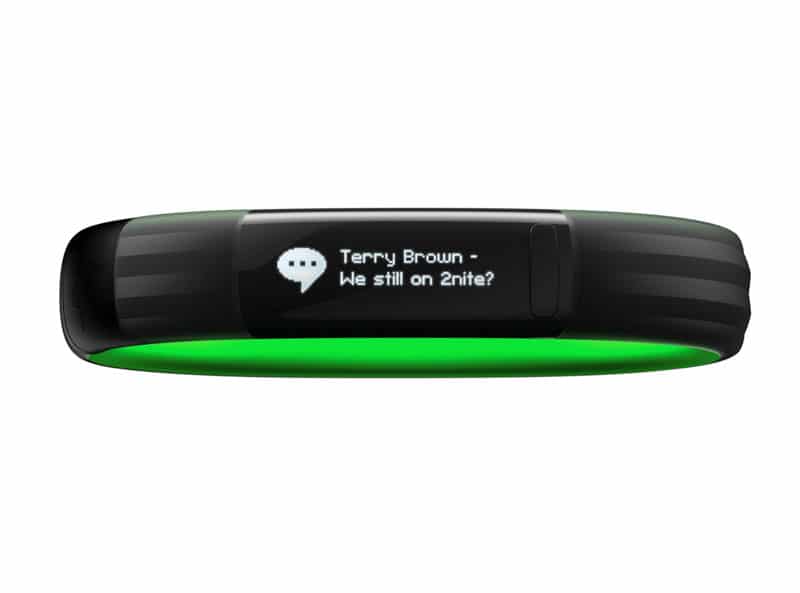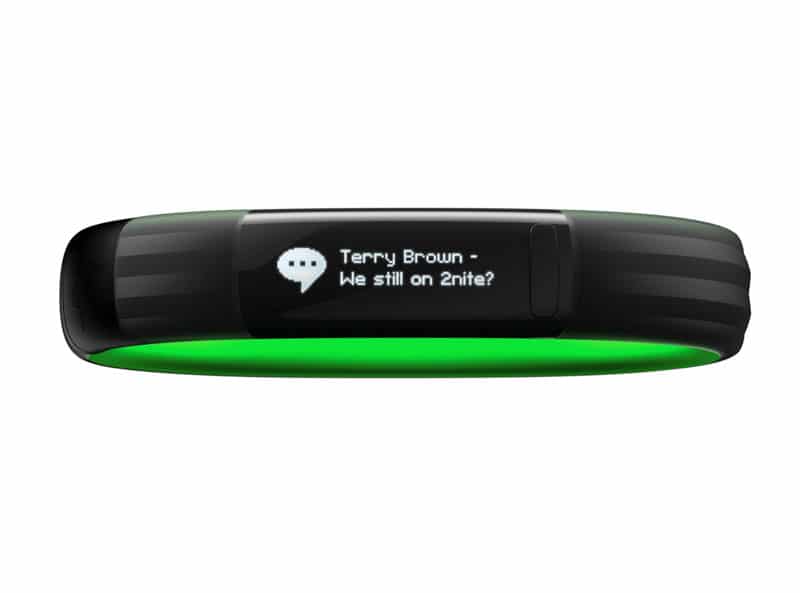WeChat has done a tremendous jobs so far at connecting people in China via its online messaging and social features. It is now working hard to add new dimensions to this experience, via online-to-offline interactions, and WeChat connected objects.
But what are the risks and drawbacks for hardware manufacturers to integrate with WeChat?
What kind of WeChat connected objects exist today?
WeChat connected obejcts today include:
- The Razer Nabu, a smart-watch released by gaming company Raze
- iHealth devices which enable to monitor blood-pressure
- Lifesense BonBon smart-bracelet
- Hikvision camera which enables users to stream video via a WeChat public account (either as a surveillance function with movement-detection or to chat with friends).
- Or more creative applications such as TCL TV+ which is a TV which can be controled via WeChat public accounts
How to connect objects with WeChat?
The process of connecting your device to WeChat is extremely simple: you simply have to scan a QR code delivered with your product.
This action will automatically connect your device with a WeChat service account that you will be able to use to view and manage the device’s data.
Why WeChat connected objects?
The question is worth asking: what is the benefit for hardware-manufacturers to integrate their devices with WeChat. After all, if the client already bought the hardware, he might as-well install an iPhone or Android APP which might deliver more advanced functions than a WeChat APP.
The answer is of course social: Razer Nabu and iHealth enable to share performance, steps walked, etc… on your “moments” and compare with your friends. This feature adds a fun, enhanced and “competitive” dimension to the device, increasing the usage rate.
Razer Nabu has other WeChat-integrated features such as the ability to exchange WeChat contacts by shaking hands.
TCL TV+ takes it even farther by enabling users to take screenshots of the programs they are watching directly from the public account and chat with their friends who are watching the same program.
Another benefit of WeChat integration is customer service features: people are used to speaking to other people via WeChat. By having customer service directly connected to your account, you can enable users to raise request in a familiar and convenient way.
The price to pay
The integration of smart hardware with WeChat is however not completely idyllic. The powerful social features come with a price, and integrating hardware with WeChat come with several drawbacks:
- The number of messages which can be pushed is limited: you can only send 4 messages per user and per month with a service account, and only 100 messages in total (hence 25 groups of users, you can’t customise messaging for each user), or within 48 hours of users speaking with the account
- Design is constrained by the structure of WeChat accounts
- Accounts can be “pinned” to the top of the list of your WeChat contacts, they quickly go down the list of your WeChat contacts after they sent you a message and can be hard to find back
These sacrifices are important, but the upside of accessing the social features remains very attractive. More and more manufacturers are moving toward WeChat, sometimes abandoning their native APP’s altogether (as iHealth is doing now)
This strategy is understandable but questionable: at the end of the day, WeChat users are not your users, they are Tencent’s. WeChat marketing is a necessary step today for any company’s promotion, but it is only a step. Users will take this step to discover your product, on short, medium and long-term, but they should become your full users at the end of the process. WeChat is a mean, not an end in itself.
What the future will look like
WeChat connected objects however holds a tremendous potential when it comes to interactions with our everyday life. Rumors are that the “shake” function will soon be enhanced in order to integrate new functions which will enable you among other things to:
- Control connected devices in your home through “iBeacons”
- Get information about an incoming bus
- Know about available rooms when getting into a hotel
By linking online interactions, offline experience, transactions and long-term CRM, WeChat is making continuous steps into integrating in every aspect of our daily life. These strategic moves will be essential in enhancing and promoting the experience around their payment systems, cornerstone of their business model.


